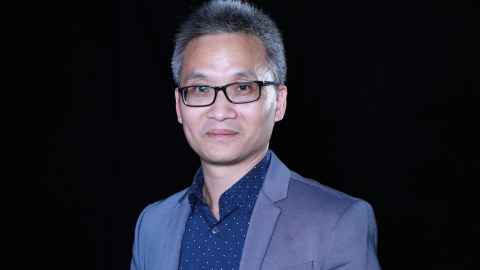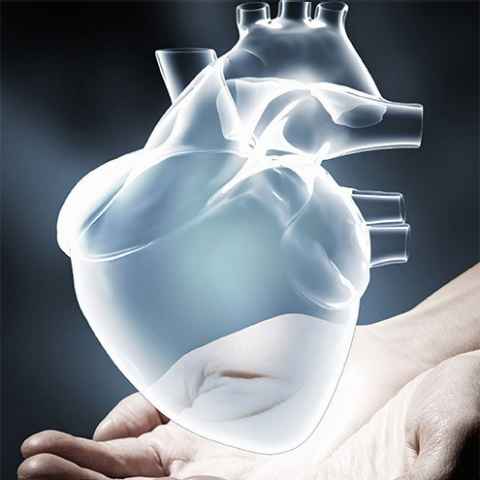Targeting the right atrium, to fix our irregularly beating hearts
01 October 2021
A team of researchers at the University of Auckland is advancing the treatment of Atrial Fibrillation (AF) by using computational modelling and artificial intelligence to target the right atrium, the chamber of the heart which has been neglected in heart research.

The team of ten at the Auckland Bioengineering Institute (ABI) recently received over $1 million in funding from the Health Research Council for their research into AF. The research is led Dr Jichao Zhao, a mathematician with over 14 years of cardiac research, who has also received a three-year Senior Fellowship from the Heart Foundation New Zealand.
AF is a heart rhythm disorder (arrhythmia) that currently affects 60,000 people in New Zealand and is a major cause of heart failure and stroke. In New Zealand, over 9000 people a year have a stroke, and one in five strokes in people aged 60 years or older is caused by AF.
Every beat of our heart involves the muscular walls tightening and squeezing to force blood around the body, and then relaxing so the heart can fill with blood again. We might take our beating heart for granted, but every heartbeat is a highly synchronised activity involving the four chambers of the heart - which could be described as a two-sided pump, with two atriums and two ventricles.
If you have AF, abnormal electrical signals that control the heartbeat cause the upper chambers of the heart (the atria) to beat unusually quickly and chaotically. The lower chambers of the heart (the ventricles) aren’t able to keep up with the pace of the upper chambers which compromises heart function. In other words, it puts the two-sided pump out of synch.
More importantly, AF diminishes the effectiveness of the heart’s ability to move blood with each heartbeat, leading to typical symptoms such as palpitations, dizziness and fatigue.
For patients with persistent or permanent AF, ablation is only successful in less than 30% of people at five years post procedure. That’s a pretty low success rate, and that’s what our research is looking at.
Initially AF may only occur occasionally and for short periods of time, but as the condition progresses episodes become longer and more frequent and may become persistent or even permanent
The current best treatment for AF is ablation therapy, a procedure which effectively ‘burns’ or ‘freezes’ the heart tissue that is causing the abnormal electrical signals that in turn causes the abnormal heart beat.
It is a highly effective treatment – at least at first or for patients with mild AF. The problem is that for many people it loses efficacy over time. “For patients with persistent or permanent AF, ablation is only successful in less than 30% of people at five years post procedure,” says Dr Zhao.
“That’s a pretty low success rate, and that’s what our research is looking at. We’re trying to improve the ablation success rate for those people with a stubborn type of AF.”
Currently most research relating to AF, and the majority of ablations, targets the left atrium. There is no consensus what is the best strategy for targeting the right atrium, which is why Dr Zhao and his team is focusing on it. “AF drivers are spread across both atrial chambers,” he says.
“And recent studies revealed that 62–83% of patients with stubborn AF have AF drivers in the right atrium.
“Understanding the differences between the structure of the right and left atrium might help explain the drivers of AF, which would enable us to target those hot-spot drivers in the right atrium more effectively.”
Recent collaboration has made it possible for Dr Zhao and his team to study the hearts of people with a history of AF, particularly from Māori patients. Their research will use computer modelling and artificial intelligence, to better define the cardiac muscular fibre networks that cause AF in the right atrium, and how they might contribute to treatment failure and, says Dr Zhao, “and how we can effectively terminate those drivers”.
They are also using 3D heart-specific computer models to effectively test potential therapies. “This allows us to experiment with different ablation strategies, without putting a real patient at risk.”

Media contact
Margo White I Media adviser
DDI 09 923 5504
Mob 021 926 408
Email margo.white@auckland.ac.nz